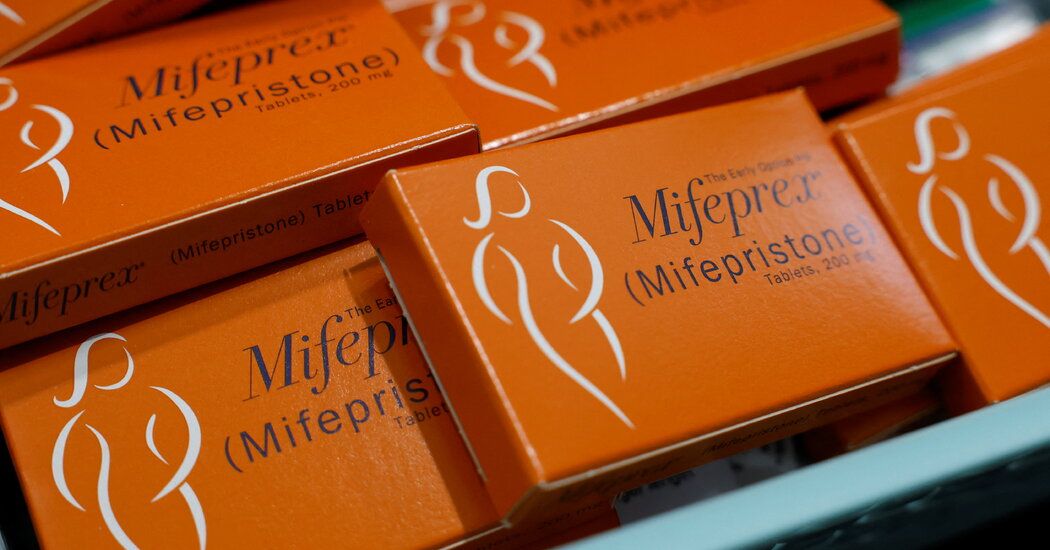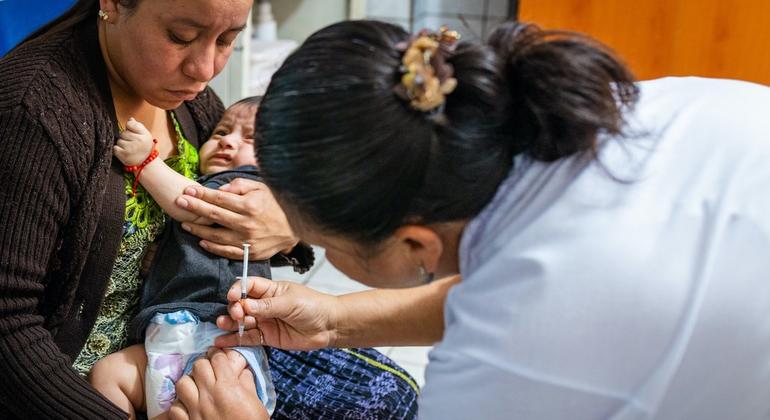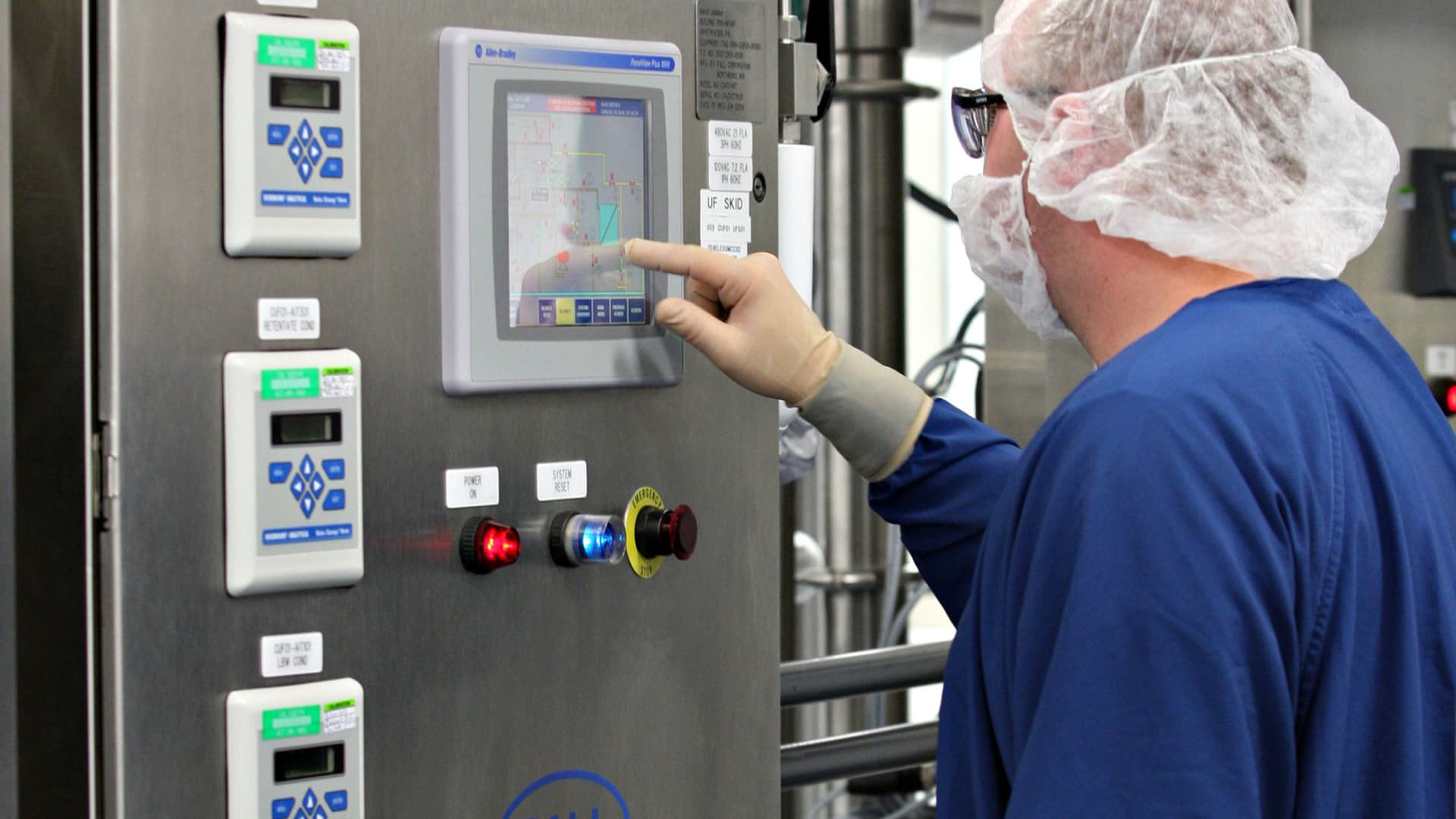Because it is important
The practice, known as early provision, is relatively new and has increased significantly since the Supreme Court’s 2022 decision to overturn the national right to abortion.
In the study, published in the journal JAMA Internal Medicine, researchers evaluated data from Aid Access, a telehealth organization that has long provided abortion pills to women in the first 13 weeks of pregnancy and began offering the drug to women in the United States who were I’m not pregnant in September 2021.
Before May 2022, when a draft of the Supreme Court decision was leaked, Aid Access had received around 6,000 advance provision requests, averaging 25 per day. Since then, it has received more than 42,000 requests, averaging 118 per day, said Dr. Abigail Aiken, an associate professor at the University of Texas at Austin and co-author of the study.
The largest increases in demand followed developments that raised questions about the future availability of abortion. Requests peaked in the weeks between the leak and the Supreme Court decision in June 2022, and in April 2023, after a series of court rulings in a lawsuit by abortion opponents seeking to restrict mifepristone , a key abortion pill, a case now before the Supreme Court. .
Application rates were higher in states where abortion bans were expected, even higher than in states that already had bans. When asked why they requested the pills, most women said to “ensure health and personal choice” and “prepare for possible restrictions on abortion,” according to the study.
“People were obviously paying attention and seeing the threat of abortion access disappearing or being reduced where they were and thinking, ‘I need to prepare for that,’” Dr. Aiken said.
Behind the numbers
Data from September 2021 to April 2023 showed 48,404 requests for early provision and 147,112 requests from women seeking to terminate existing pregnancies. (Women in both categories completed telehealth consultations and Aid Access evaluated their medical information before prescribing pills.)
Early provision applicants were more likely than those already pregnant to be age 30 or older, white and childless, and to live in urban neighborhoods with poverty rates lower than the national average. This could be partly because Aid Access offers free or reduced-price services to pregnant patients who need financial assistance, while early provision applicants were expected to pay the full cost of $110, Dr Aiken said.
And because few organizations offer advance provision, women from low-income or marginalized communities may be less aware “that it’s something that can be done,” she said.
Medical abortion typically involves two pills: mifepristone, which has a shelf life of three to five years, followed a day or two later by misoprostol, which has a shelf life of 18 to 24 months.
Dr. Aiken said a subset of advance provision applicants (937 women, two-thirds of them in states with abortion bans or restrictions) answered follow-up questions. Most still had the pills, but 58 had taken them and 55 had given them to someone else.
About 60 percent took the pills before seven weeks of pregnancy, early in the recommended period. A large majority reported having sufficient information, including about expected bleeding and cramping. All 58 said the pills worked. Five visited health care providers afterward, but none went to the hospital or had serious complications.
Most important implications
Legal experts say early provision may be legal in some states with abortion bans. “Many state abortion laws require a provider to know that a person is pregnant,” three law professors, David S. Cohen, Greer Donley and Rachel Rebouché, wrote in an article to be published in the Stanford Law Review. However, they added, in some states, abortion providers could be legally vulnerable because they know that “the pills are prescribed to terminate a future pregnancy.”
Abortion opponents oppose early provision and claim that abortion medications are dangerous. Abortion rights supporters say prescribing abortions in case of future need, such as antibiotics for traveler’s diarrhea, increases access and underscores that the pills are safe, as many studies show.












